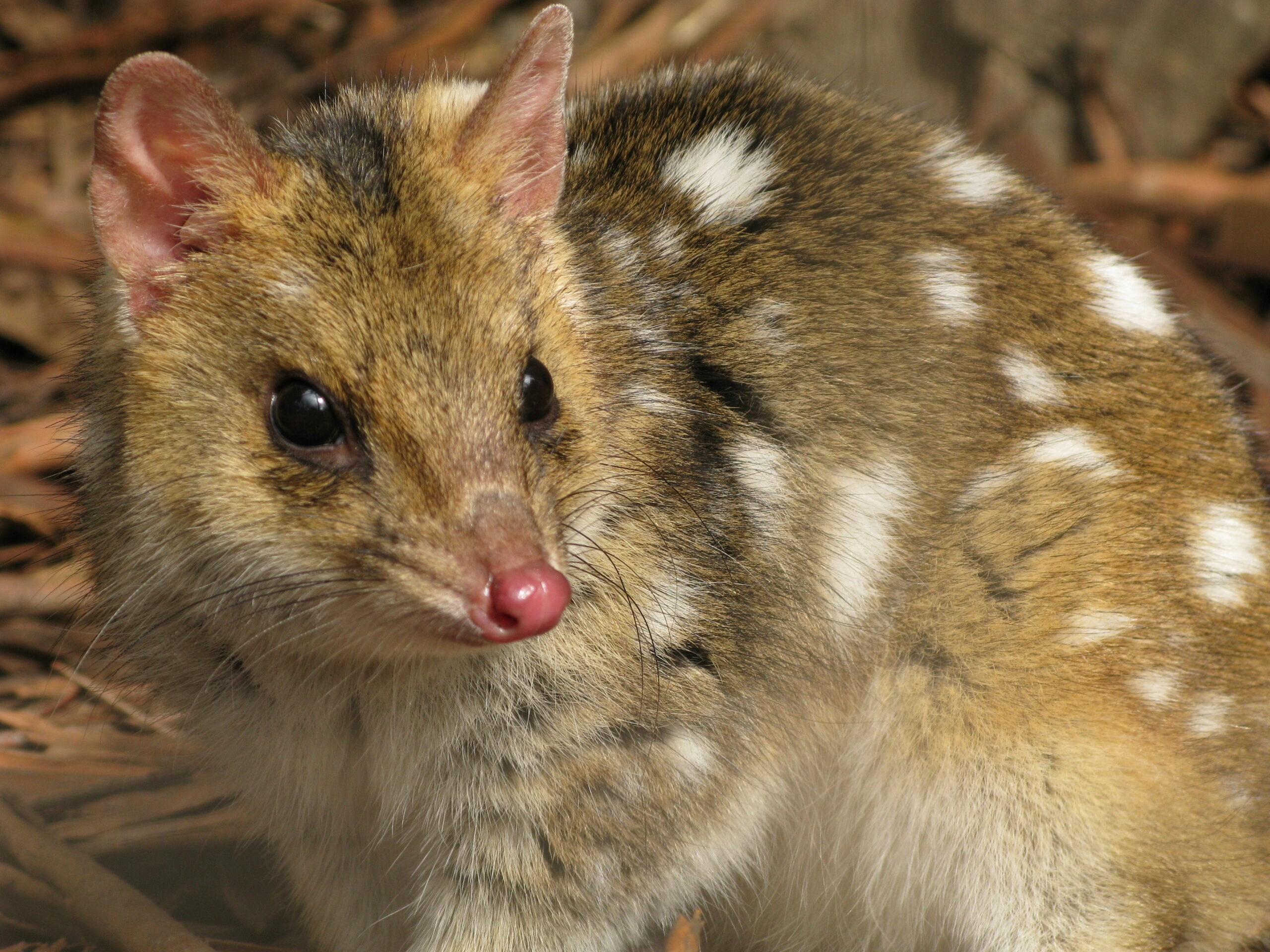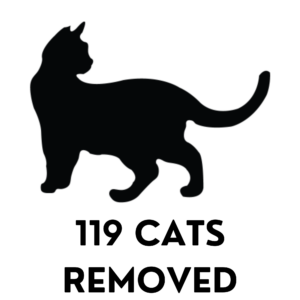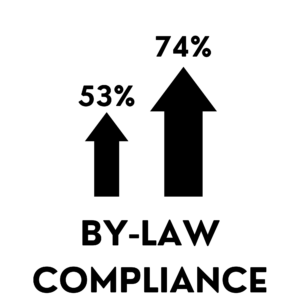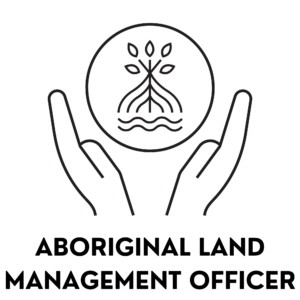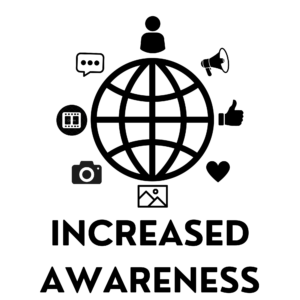NRM South’s five-year project to control cats on Bruny Island wrapped up at the end of June 2023. We’d like to acknowledge the fantastic support from the Bruny Island community, as well as the numerous project partners we’ve worked with to achieve some significant milestones.
Thanks to the work of Bruny Farming and the Kingborough Council, 119 feral, stray and domestic cats have now been removed from the target area (North Bruny and settlements in northern South Bruny). Community reporting and trapping of cats played an important role in removing many of these cats. This was made possible by the timely and practical support of Bruny Farming. In many cases, these cats were taken to the new Cat Facility at Alonnah, which is being run through Kingborough Council and Ten Lives Cat Centre, and many were able to be rehomed.
We’d also like to acknowledge the community in stepping up their efforts to contain their cats and comply with the Bruny Island Cat By-law. Council have reported that levels of compliance have gone from 53% to 74% over the course of the project. The Bruny Island Men’s Shed also volunteered their time to help community membe53%rs build purpose-built cat containment structures. In recent months tourism and accommodation services on the island have begun to share the message, that visitors too, can assist to manage the impacts of cats.
Since January 2022 Nicole King has been funded by NRM South and Kingborough Council as a Trainee Aboriginal Land Management Officer with the South-East Tasmanian Aboriginal Corporation (SETAC). This is the first partnership of its kind in Tasmania. The sharing of Aboriginal land management and cultural perspectives in natural areas managed by Council and Bruny Farming has been a huge success. A big thank you to Nicole, SETAC staff, BF and Council for making this possible.
Media and news articles are reporting on the impacts of feral and roaming cats more and more frequently, and management success stories are often featured – particularly the work that is being done on smaller islands such as Bruny. Effective management of feral cats needs a range of approaches. We’ve been working with Biosecurity Tasmania to test out various methods that are being used elsewhere in Australia. From this we’ve found about more about what would work on Bruny Island and what approaches needs more information. You can read more about this on our project page.
Biosecurity Tasmania are currently carrying out camera trapping to get some end-of-project data on cat density to see how much of an impact these collective efforts have made. Preliminary data from this study suggests that the feral cat population on North Bruny has reduced by as much as 85%. This is especially impressive as feral cat densities in some areas such as The Neck seabird rookery were previously some of the highest in Tasmania.
Bruny Island is a unique and special place, and through this work – funded through the Australian Government’s National Landcare Program – we’re helping to protect the island’s wildlife and reducing the impact of predation and cat-borne diseases such as toxoplasmosis, which can also affect livestock. Although this phase of the project has come to an end, cat management and biodiversity protection on Bruny Island will continue to ensure that the progress made is not lost.
